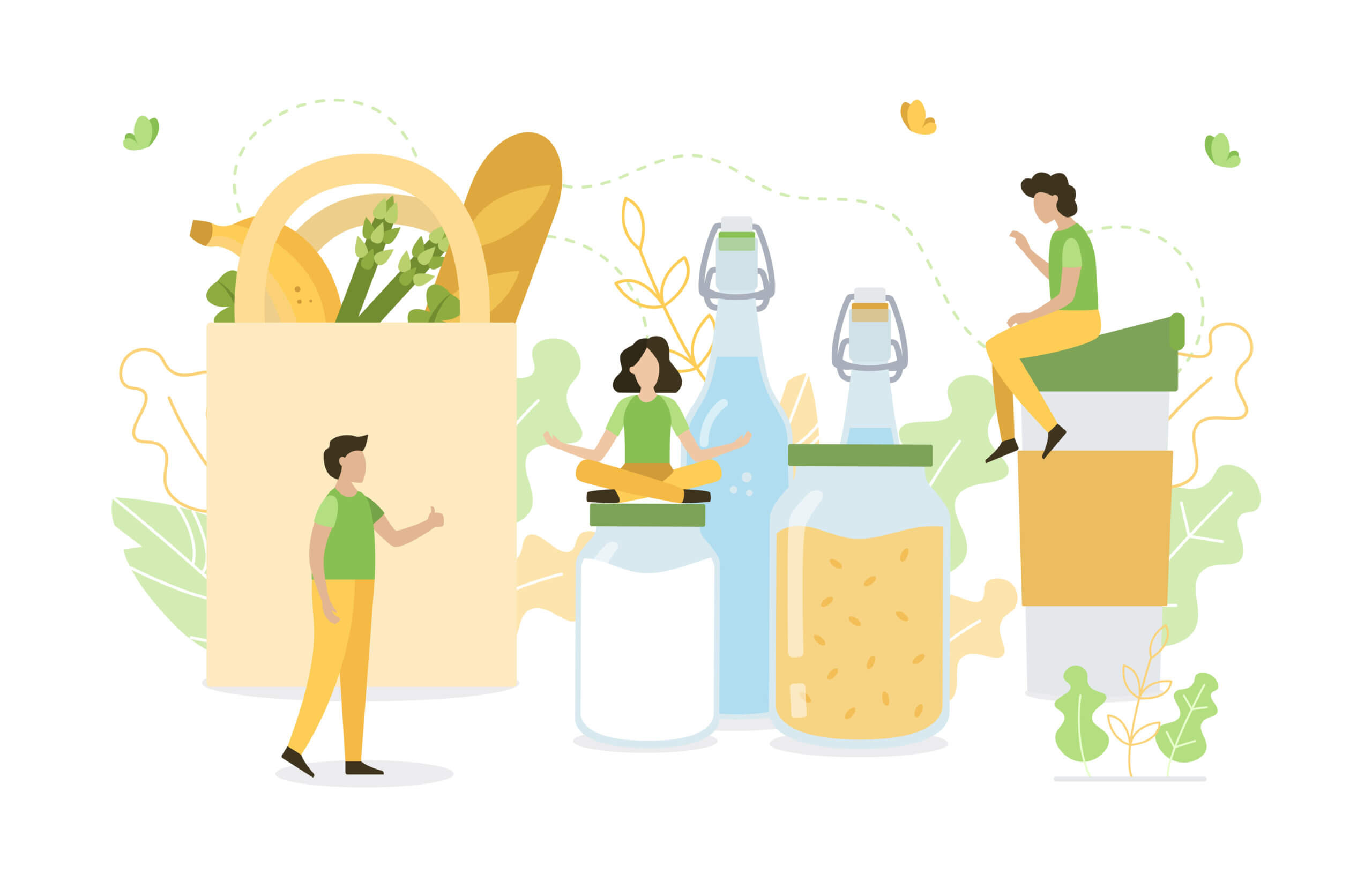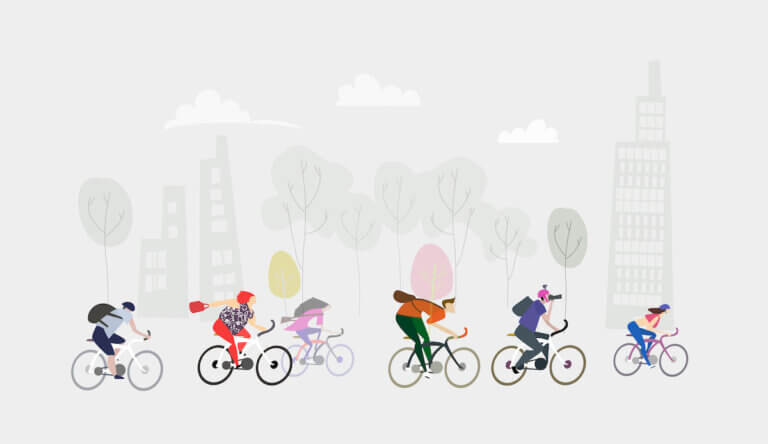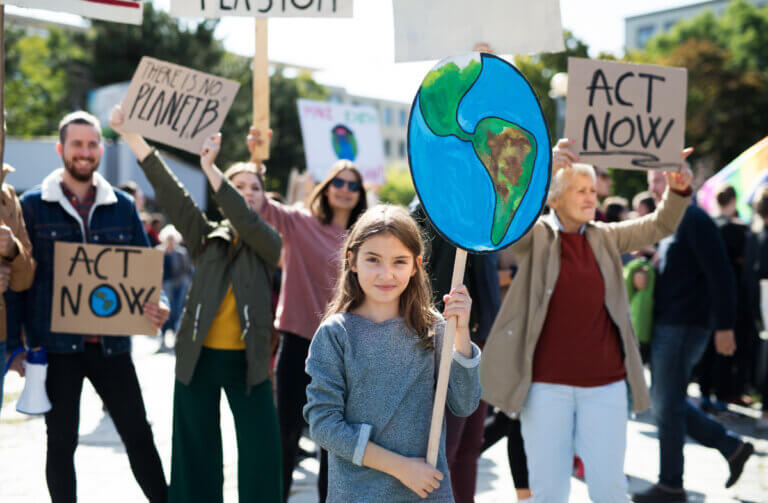The recently concluded COP26 illustrated how much work needs to be done, and quickly, in order to slow down the climate crisis we’re facing, especially since the current global plans to cut carbon emissions are going to be falling very short of their 2050 goal. While it may feel like it’s one of those “don’t know where to start” kind of problems, reducing your plastic waste might be a good place to begin.
5 Ways to Reduce Plastic Waste
Let’s look at the simple and effective ways we can all reduce plastic waste in our lives to help the environment.
1. Just Stop Buying Things
Consider why you’re purchasing the thing you’re going to purchase. Is it because you’ve spent more time on your phone scrolling? Are you buying it because it’s on sale and you don’t want to miss out? Is it because, as Amanda Mull points out in this Atlantic article, “it’s become an expression of personal identity, a form of entertainment, and a way in which some believe they can effectively participate in politics”? If it’s not meeting a basic need or an item that you need for a specific reason, consider if it’s truly as necessary as you may have convinced yourself it is. This is a very simple way to reduce the amount of plastic waste you bring into your home.
2. Use What You Have
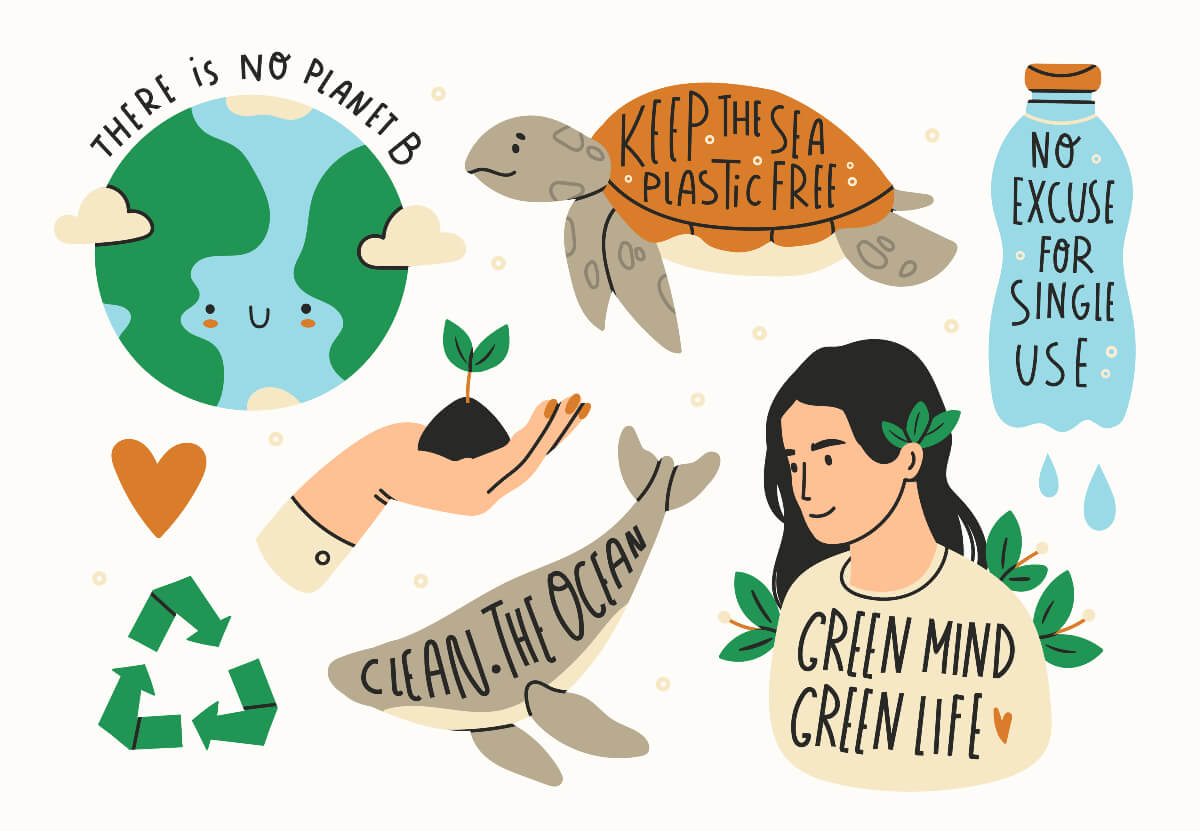
Along with the rise in awareness about climate change, we’ve seen a corresponding increase in “environmentally friendly” products. And there is something to be said for making a conscious decision when we’re purchasing items. But at the end of the day, the most environmentally friendly item is the one you already own. Have a plastic cutting board you’ve had for years and years but that bamboo one would be more attractive in your kitchen? Are your plastic containers looking a little orange? Do you have a collection of half-full shampoo bottles but want the shampoo bar instead? If something is in perfectly good working order or you’re in no danger of running out any time soon, take a second or third thought about why you want to replace it. Wait until it breaks or can no longer be repaired or has been completely used up before purchasing the “eco friendly” version.
3. Reuse What You Have
Oftentimes, we purchase something even though a perfectly good alternative is already in our home. Could you reuse plastic yogurt containers to hold nails or screws in the garage? What about seeing if there’s a refill shop in your community and reusing your shampoo or soap bottles instead of purchasing new ones? Rather than buying individual portions or wrapped snacks or produce, are there options to purchase a larger size and portion it out yourself? What about reusing old dressing bottles for homemade dressing? Or putting old clothes to good use as cleaning rags? There may be more uses around your home or garden for the many containers you have in your fridge or pantry than you realize. Some creativity can go a long way with re-utilizing the many plastic containers or bags we bring into our home to reduce plastic waste.
Related Articles
4. Learn About Your Community’s Recycling Program
Often we toss our plastics in the bin and think we’ve done our bit. Unfortunately, it’s much more complicated than that. It’s been documented for years that, in many cases, the majority of our recycling never actually gets recycled. Often, when something is “out of sight” it’s also “out of mind” and we don’t think about the continued life of the thing we’ve just thrown away. Learn about your community’s recycling program and be aware of how much actually gets recycled or what the options even are. Talk to your local elected officials and get a bigger picture of what happens with the items you spend time cleaning and sorting. It may make you reconsider purchasing habits and decisions.
5. Find or Build Community
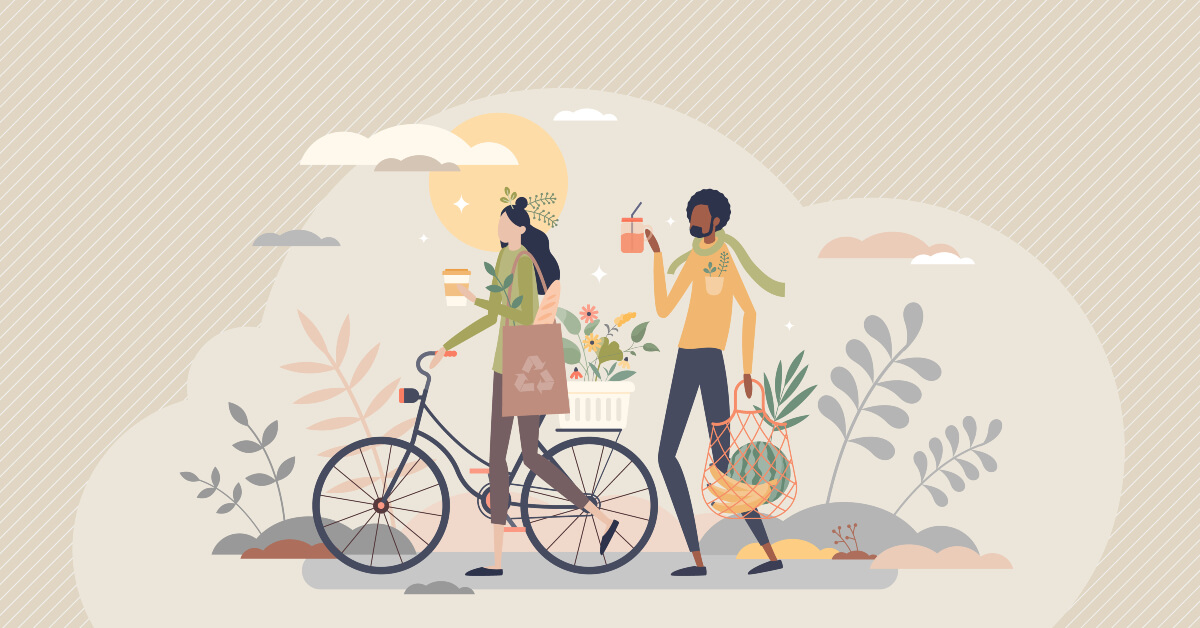
Individual effort can only go so far and awareness shouldn’t simply be a problem with “the general population” but applied to the people we know. Conversations around habits, patterns and our day-to-day lives can yield opportunities for things like: joining a local environmental or Buy Nothing group, attending a repair cafe together, holding each other accountable, generating and sharing new ideas or information about local initiatives or what’s happening politically around climate action.
Your community can make the decision to change their habits together, like choosing to make presents or share a meal together for celebrations, rather than defaulting to purchasing things, or making or swapping Halloween costumes instead of purchasing new costumes every year. By choosing to do things as a collective, everyone is on the same page and expectations can be realistic when it comes to reducing plastic waste and environmental sustainability.
Creating Positive Change
Creating the change that positive climate action requires to make a tangible difference will mean taking a look at our habits and holding ourselves accountable, while also realizing that it will take coming together as a community — both locally and globally — to make sure real change happens. It may not be a comfortable process, growth and change rarely are, but step-by-step we can act as climate advocates and build communities that collectively make better decisions, which often starts by looking at our own habits.
